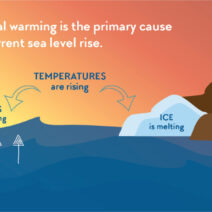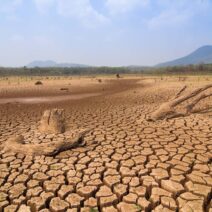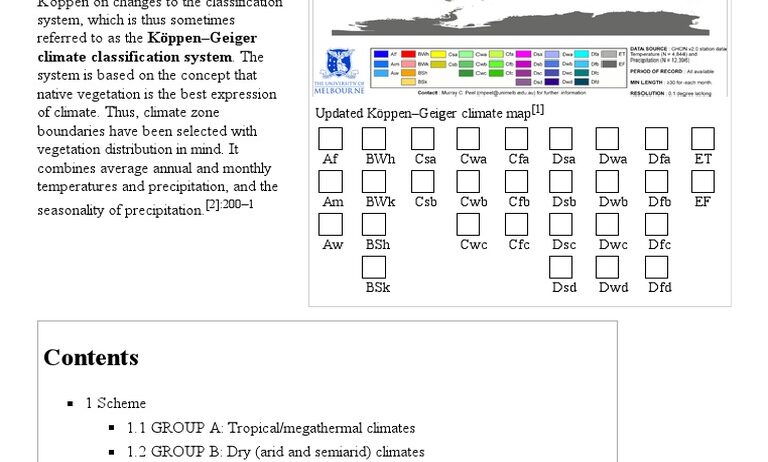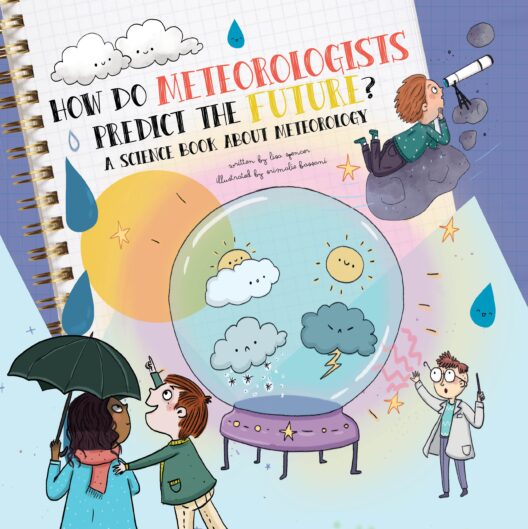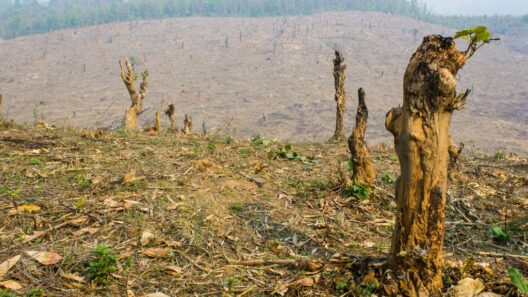In the grand tableau of our planet, where the symphony of life harmonizes with the murmur of the winds, the Köppen Climate Classification System emerges as an intricate tapestry, weaving together the myriad patterns of weather that define the essence of different regions. Developed by the German climatologist Wladimir Köppen in the late 19th century, this system offers more than mere labels; it provides a framework for understanding climatic variability, human habitation, and ecological intricacies.
The Köppen Climate Classification operates on a matrix of five primary climate types, each denoted by a letter and characterized by distinct temperature and precipitation patterns. These classifications serve as a linguistic tool, allowing us to interpret the complex narratives woven by Earth’s atmospheric phenomena. The primary divisions are Tropical (A), Arid (B), Temperate (C), Continental (D), and Polar (E). Each classification is further segmented into subcategories, offering a fine-grained analysis akin to an artist’s brushstrokes on a canvas.
Starting with the Tropical climates (A), these regions pulsate with vitality, where temperatures remain warm, and the sun’s rays saturate the land with a vibrant energy that fosters lush vegetation. Within this category lies the Tropical Rainforest, characterized by abundant rainfall and consistently high temperatures. This area serves as the lungs of our planet, absorbing carbon dioxide and releasing oxygen, a sanctuary brimming with biodiversity. Conversely, Tropical Savanna climates showcase a distinct wet and dry season, where the golden hues of grasses sway like waves beneath the sun—a vivid juxtaposition of life and dormancy.
As we transition to Arid climates (B), we encounter a realm shaped by scarcity and resilience. Here, one might consider the desert as a paradoxical entity—seemingly devoid of life yet teeming with organisms that have adapted to thrive in extreme conditions. The BWh and BSh classifications, representing hot and semi-arid climates respectively, reveal ecosystems that reveal Earth’s unyielding spirit. From the vast Sahara to the Tenere Desert, adaptations such as cacti and succulents tell tales of survival, showcasing nature’s ingenuity in the face of aridity.
The Temperate climates (C) paint a more moderated picture, embodying seasonal transitions that offer a delicate balance. This classification captures mid-latitude regions, where four distinct seasons emerge like chapters in a book—each season contributing its unique voice to the narrative of the year. The Mediterranean climates, with their dry summers and wet winters, embody a lyrical quality. Olive groves thrive, and vineyards flourish, all while the climate beckons human habitation and agriculture to coexist harmoniously. Such regions serve as a crossroads for cultures, where the exchange of ideas and goods flourishes, accentuating the human connection to climatic variability.
Moving inward to Continental climates (D), we encounter a pronounced shift in temperature variance. These regions experience harsh winters and warm summers, a climactic rollercoaster that shapes not only the landscape but also the livelihoods of the inhabitants. Here, the forests become a narrative of resilience—as deciduous trees boldly shed their leaves in autumn, painting the ground in a mosaic of colors, only to don their verdant attire come spring. The challenge of survival is etched into the very DNA of these ecosystems, creating a rich tapestry of interdependence among species.
Finally, we arrive at the Polar climates (E), where flora and fauna exist in a perpetual ballet of adaptation amidst the unforgiving cold. The tundra, with its frosted grasses and hardy shrubs, stands as a testament to life’s tenacity. In this expanse, sunlight becomes a fleeting treasure, and the scarcity of warmth shapes ecosystems that have adapted to thrive under the constraints of extreme conditions. These regions serve as a stark reminder of the fragility of existence, revealing the delicate balance required for survival in the harsh embrace of nature.
The Köppen Climate Classification, much like an intricate map, enables scientists, policymakers, and environmentalists to navigate the complexities of climate change. It provides a backdrop against which fluctuations in weather patterns, shifts in ecosystems, and impacts on human activities can be analyzed. Understanding these classifications not only illuminates past and present trends but also casts a shadow on future possibilities as our climate continues to morph under human influence.
The impacts of climate change resonate profoundly across each classification, with rising temperatures, altered precipitation patterns, and extreme weather events increasingly disrupting established balances. In Tropical regions, the health of rainforests is jeopardized by deforestation and global warming, threatening the rich tapestry of biodiversity. In Arid landscapes, prolonged droughts and water scarcity challenge the resilience of established ecosystems. Meanwhile, Temperate regions grapple with shifting seasons that disrupt agricultural cycles and local climates, leading to economic uncertainties. Continental climates witness the emergence of severe storms and enhanced variability, affecting both natural and human systems, whereas Polar regions face existential threats from melting ice caps, altering not only local ecosystems but also global weather patterns.
In conclusion, the Köppen Climate Classification System serves as a prism through which we can decode the intricacies of Earth’s weather patterns. By understanding the distinct climatic categories and their implications, we foster a deeper appreciation for the delicate interplay between humanity and the environment. As advocates for climate action, recognizing these classifications can guide our efforts to mitigate the adverse effects of climate change and promote a sustainable symbiosis between humans and nature. The narrative of climate is complex and ever-evolving, yet the Köppen Classification provides a crucial framework from which we can chart our course toward a more resilient future.
